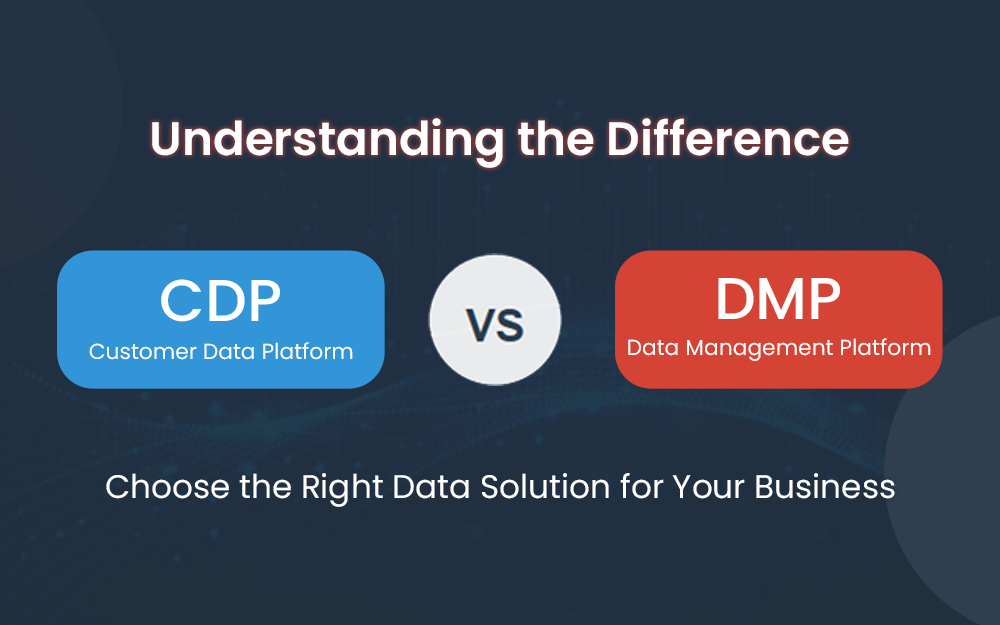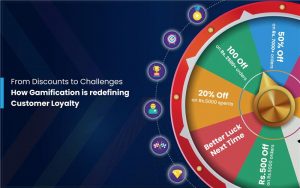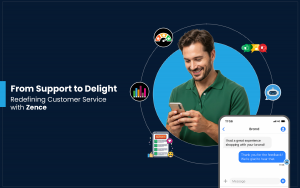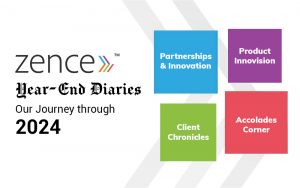Modern enterprises deploy a data-driven approach when it comes to making clever marketing decisions or interacting with customers.
Did you Know?
“Brands that rely on data to drive customer engagement are 23 times more likely to acquire users, 6 times more likely to retain them, and 19 times more certain of profits.”
This makes us have a question: how do marketers find the right data sets that give them a unified & comprehensive view of customers? This has become non-negotiable in a customer-centric world where they must understand customer preferences and interact with them at a place and time of their preference. This means that marketers must have access to real-time data which is linked across each customer touchpoints.
This is where Marketing Automation solutions – like Customer Data Platforms (CDP) and Data Management Platforms (DMP) – come into play. These widely used apps have similar functions but different objectives.
CDPs and DMPs are built to play a significant role in the customer lifecycle. However, it is essential for marketers to know how they are similar, the differences they bring to the table, and what benefits each solution can provide to their business. Let’s dive in to understand the features of these platforms and what makes them different from each other.
How the CDP compares with other Marketing Automation solutions
Marketing Automation solutions have emerged as a must-have that empowers marketers to create precise customer journeys – increasing customer loyalty, winning new customers, and nurturing leads. These systems provide accurate data and insights that power modern marketing campaigns.
However, here is the catch:
- As customer touchpoints turn omnichannel, many automation systems are unable to match up with marketing requirements.
- They are not designed to use data from multiple sources to build cross-channel campaigns. Most marketing automation solutions in the market focus on driving single-channel engagement (targeted emails, for instance).
This is where a CDP has a distinct advantage. It pulls data from disparate sources, be it offline, virtual, or IoT, and delivers insights that help marketers create one-on-one, personalized customer engagement strategies. The CDP is emerging as a powerful solution for marketers.
Learn how Zence CDP adds valuable solutions to your daily business activities
CDP vs DMP: What’s the difference?
Why is the CDP holding so much importance in this crowded space? Marketers are finding that CDPs offer many differentiating features from other similar business technologies – that help them extract more value from all the other systems in their stack.
Let’s look at how CDP is different from DMP.
It’s easy to get confused between a DMP and a CDP. When DMPs were rolled out in the market, their primary job was to enable retargeting using cookies. They focus more on anonymous customer segments and categories instead of individuals. Also, the DMP is essentially an advertising-oriented solution for enterprises. Based on third-party cookies, its anonymous data expires after a 90-day period.
The CDP, on the other hand, creates consistent customer profiles, stores data, and keeps a record of customer histories. Then, as icing on the cake, it combines all the customer data which marketers can access as a single record. Creating customer segments is a job that a CDP does instantly – while a DMP requires a 24-hour processing window.
CDP vs DMP
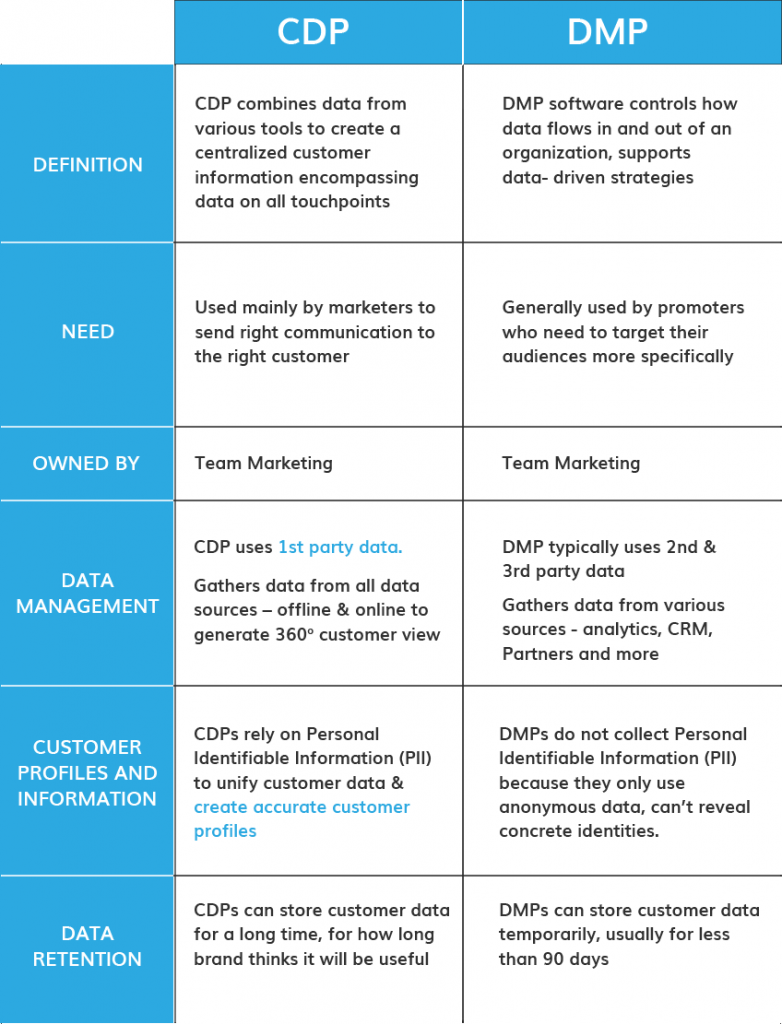
CDP or DMP? Which is the right solution for your business?
Some pro tips to help marketers onboard the right tool:
CDP
CDP helps you ethically collect first-party data, following all the correct protocols of data collection. The solution also helps you create personalized marketing campaigns that are based entirely on your own data bank.
DMP
DMPs are mainly for collecting third-party data, the audience you are not familiar with. DMPs help marketers understand anonymous audience better for targeting ads more effectively.
Sum Up: CDP is a Game-Changer!
Every marketing automation solution plays an important role in increasing the reach and efficacy of marketing campaigns. While DMPs are a great way to bring onboard new prospects and leads, it is the CDP that is emerging as the front-runner by helping brands connect and engage with their customers in a personalized & meaningful way.
FAQ’s
1. What exactly is a Customer Data Platform (CDP)?
CDP is a unified database that creates a persistent, single view of the customer by aggregating data from various marketing and other channels.
2. Why is a CDP important for marketing automation?
CDP provides the rich, unified customer data needed to create highly targeted segments, personalize messaging across channels, trigger relevant automation workflows based on actual behavior, and ultimately improve campaign effectiveness.
3. Can a CDP integrate with my existing marketing automation tools?
Yes, a key function of a CDP is to integrate seamlessly with various marketing technologies, including marketing automation platforms, CRM systems, email marketing tools, and more, to activate customer insights.
4. How does a CDP help in achieving a better ROI from marketing efforts?
By enabling more precise targeting, personalized messaging, and optimized campaign timing, CDPs help reduce wasted ad spend, increase conversion rates, improve customer loyalty, and ultimately drive a higher return on investment.
5. Is Zence CDP is Omnichannel supported?
Yes! Zence provides powerful CDP solutions required for Business like retail, commerce and it is supported for Omnichannel integration. Explore Zence CDP
